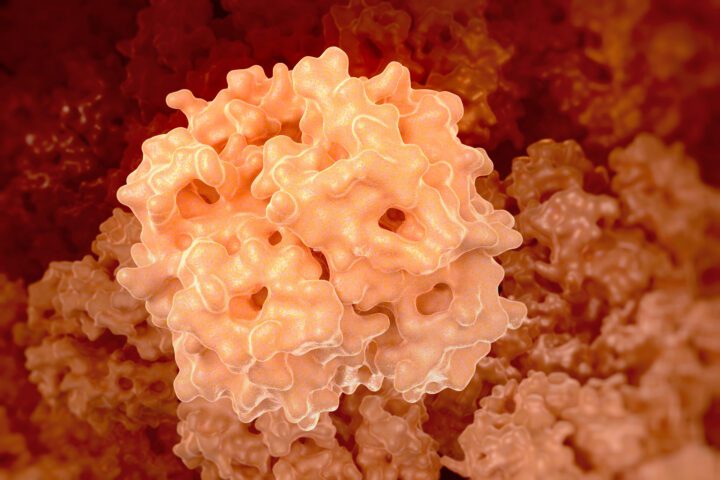The thick layer of low-density, subcutaneous tissue of the ocean sunfish enables rapid depth changes by having a incompressible, gelatinous composition.
Introduction
The ocean sunfish, also known as Mola mola, is a striking marine creature found in tropical and temperate oceans. With its large, flattened body and prominent dorsal and anal fins, the sunfish has an unconventional shape that defies conventional wisdom about streamlined fish design. This peculiar form, coupled with the absence of a typical swim bladder, might make one assume that the ocean sunfish is not adept at swimming. But thanks to a unique , it is remarkably capable of traversing both horizontal and vertical distances in its watery environment.
The Strategy
What enables the sunfish to perform these quick depth changes? It’s all thanks to large deposits of low-density, subcutaneous, gelatinous tissue. This incompressible layer provides neutral buoyancy, allowing the sunfish to move up and down the water column effortlessly. The tissue is made of a gel-like substance that doesn’t compress under pressure, unlike a swim bladder, which would require energy to adjust its volume. By using this gelatinous tissue, the sunfish achieves a stable and energy-efficient buoyancy at all depths.
The sunfish swims by moving its large dorsal and anal fins laterally in a synchronized manner. This motion generates lift-based thrust, allowing the fish to cruise at speeds of 0.4-0.7 m/s. This mode of swimming which resorts to fins that are not bilaterally symmetrical has not been found in other organisms so far.
At the same time that it moves forward, the ocean sunfish is also able to undergo substantial vertical movements in the water column. This behavior is facilitated by the fact that the fish is neutrally and stably buoyant independently of the depth, a crucial property that is related to the absence of a swim bladder (the presence of which would otherwise change volume with hydrostatic pressure) and to the water-rich gelatinous tissue deposits.
The Potential
Marine Engineering:
- Design of submarines and underwater drones that can easily change depths without complex buoyancy adjustments, borrowing from the sunfish’s gel-like tissue concept.
Sustainable Energy Systems:
- Implementation of buoyancy mechanisms in underwater turbines that can automatically adjust to different water pressures, optimizing energy capture.
Medical Research:
- Creation of pressure-resistant implants, inspired by the sunfish’s incompressible tissue, for use in varying atmospheric pressures.
Sportswear and Equipment:
- Development of diving suits or snorkeling gear that can quickly adapt to different water pressures, mimicking the sunfish’s neutral buoyancy.
AI on AskNature
This page was produced in part with the assistance of AI, which is allowing us to greatly expand the volume of content available on AskNature. All of the content has been reviewed for accuracy and appropriateness by human editors. To provide feedback or to get involved with the project, contact us.







